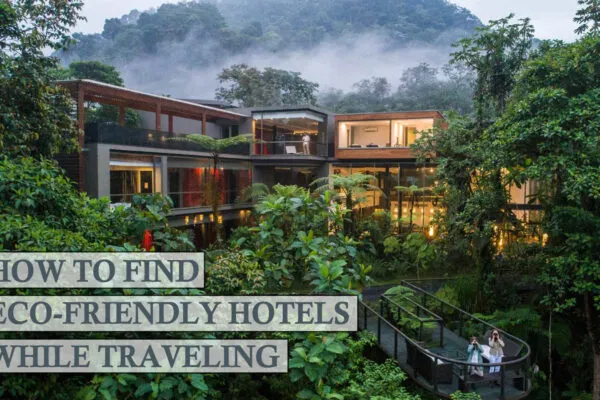WaterLight is an Eco Friendly Lantern Powered by Saltwater
Many islands, villages, and tribes across the world still lack access to electricity. After the sun goes down, light is usually emitted from kerosene lamps. Despite being cheap, it can cause fire hazards that are bad for the environment and human health. Created as a viable solution to this problem, WaterLight is an environmentally-friendly saltwater lantern.
Designed by Colombian renewable energy start-up E-Dina in collaboration with the Colombian division of creative agency Wunderman Thompson, the cordless WaterLight lamp offers a more reliable alternative to solar lamps in off-grid regions.
The handy device WaterLight provides electric power using saltwater, thanks to the ionization of an electrolyte that transforms the magnesium in saltwater into electrical energy. The design is inspired by the Colombian Wayuu community and their ancestral connection with the sea.
The lamp features a cylindrical case made of Urapan wood with a circuit integrated in the base and a perforated cap on top that allows the water to flow into the device while the hydrogen gas created during the ionization process can escape. Once the water evaporates, it is ready to be refilled.
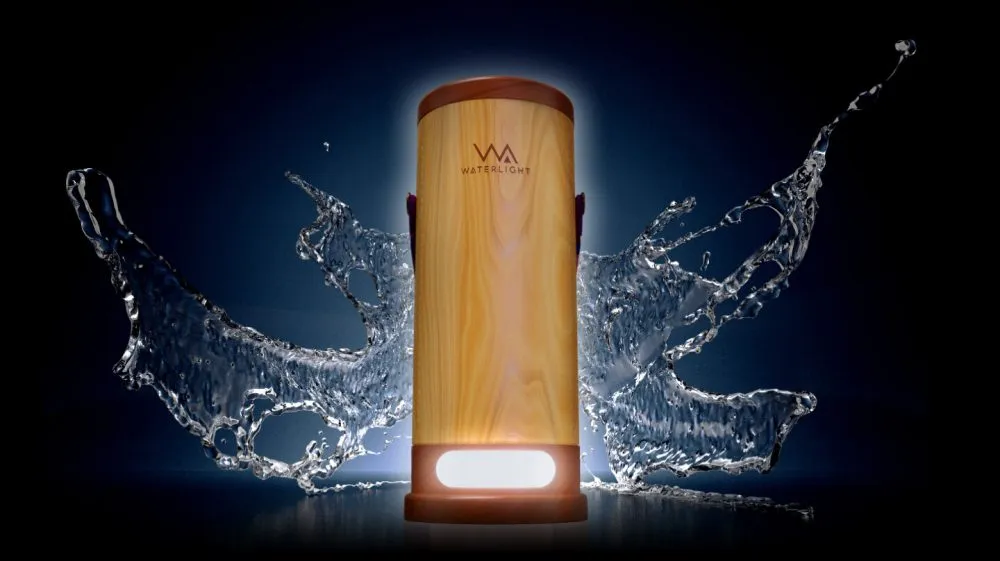
Image: WaterLight
The device works 24 hours a day through ionization, in which electrolytes in the saline liquid react with magnesium and copper plates on the inner side of the lamp to generate electricity.
The ingenious solution assures to last up to 45 days with just a half-liter of saltwater. It is portable and can be used whenever and wherever. Interestingly, because the process separates salt from the water, the water in the device can be consumed after the power runs down.
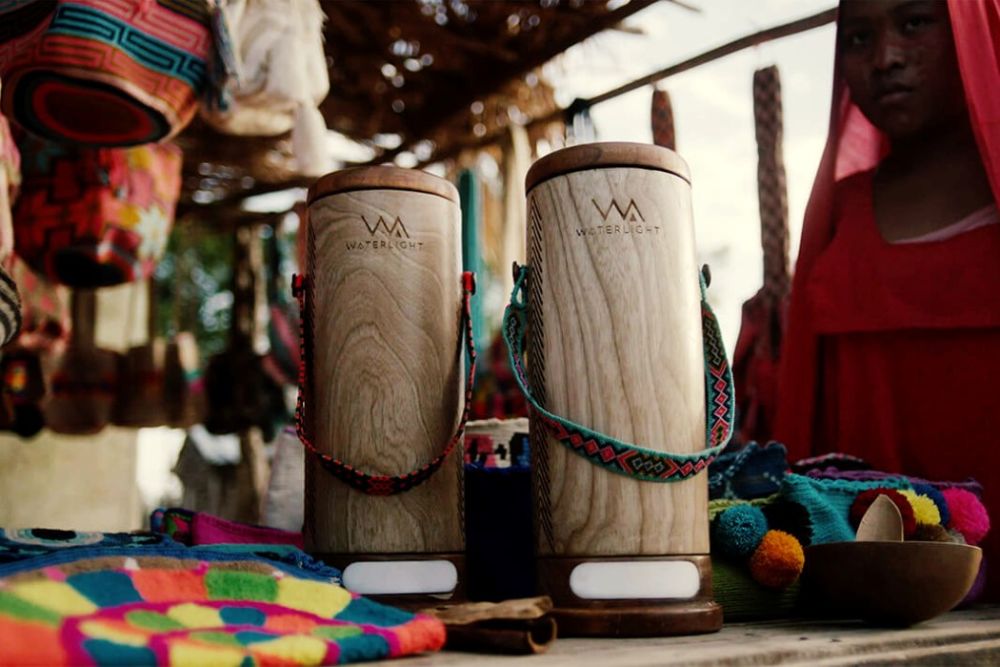
Image: WaterLight
The device can be used for two to three years and then can be recycled completely. The lantern can also slowly charge mobile phones and simple electronic devices. Unlike solar lamps, it charges instantly after being filled with water.
Throughout its functioning life, the device can give about 5,600 hours of illumination and power, which equates to two or three years of use, depending on the usage time.
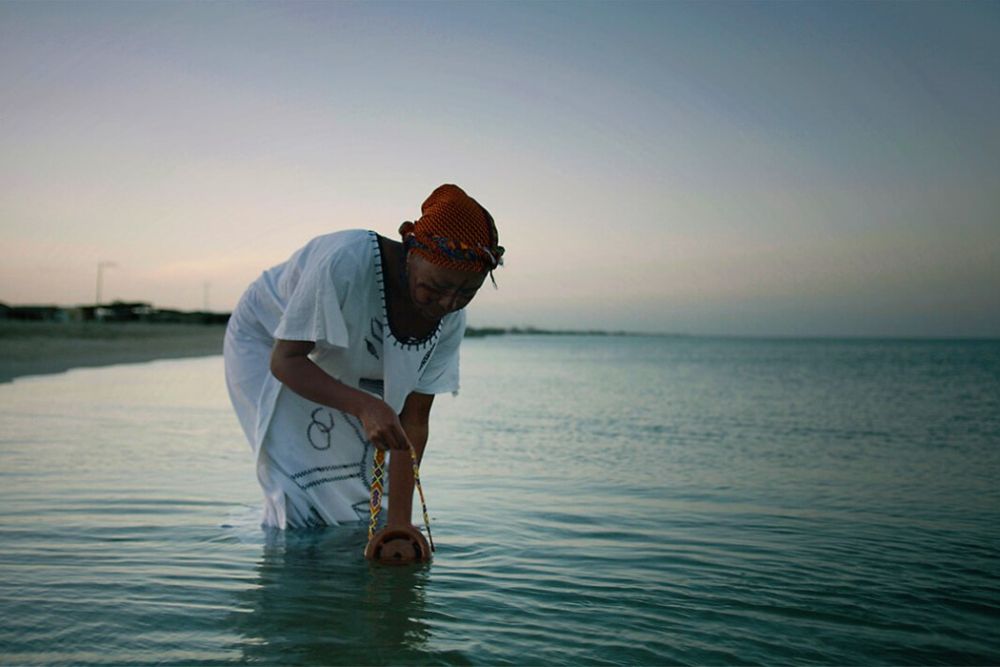
Image: WaterLight
According to Pipe Ruiz, an executive creative director for Wunderman Thompson, millions of people around the world are without access to electricity in the coastal areas and it is imperative to provide them electricity through affordable and environmentally-friendly means.
The project aimed to act as a substitute for solar-energy, which is often used to supply power to remote locations but is weather-dependent, therefore not always a viable option.
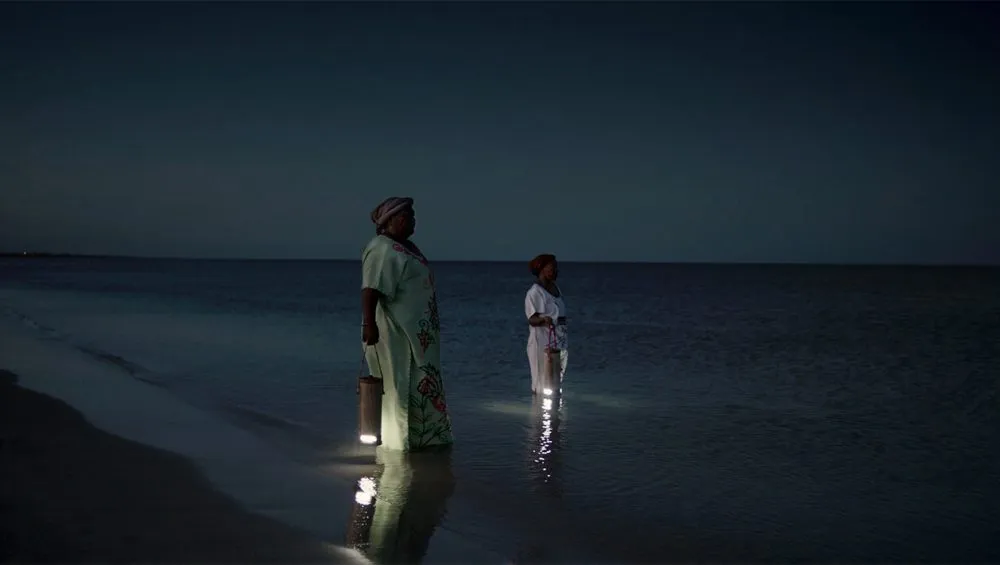
Image: WhiteLight
Children can now use the light to study and craftsmen can get enough light for work. In Guajira Peninsula, members of the Wayuu tribe tested the device to see if they can fish at night.
Once produced at a large-scale, this mini power generator can be supplied to every remote location on the planet where millions of people are still living without electricity.
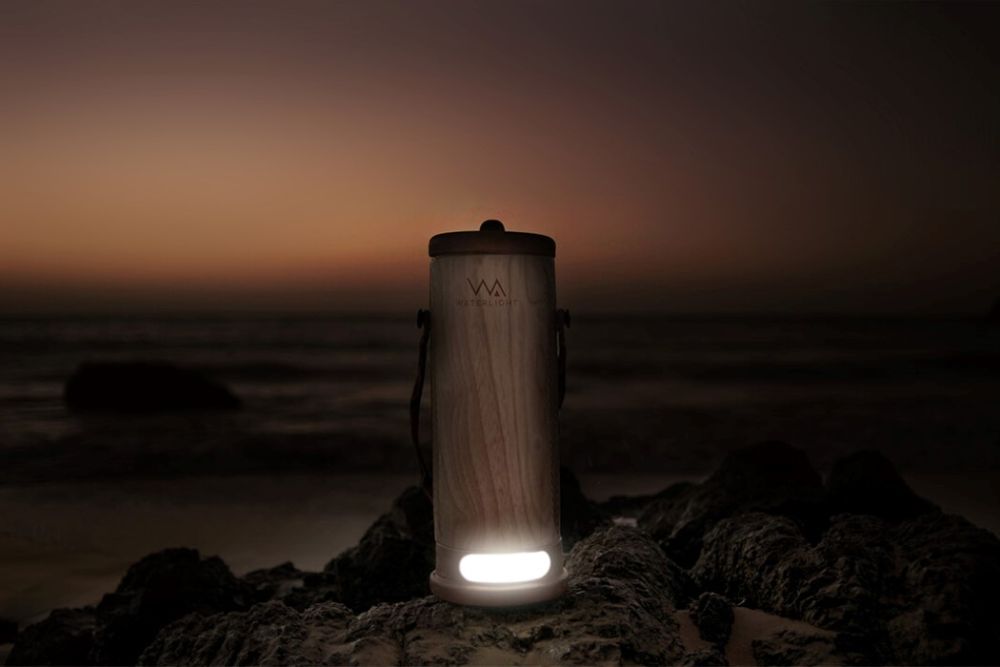
Image: WaterLight
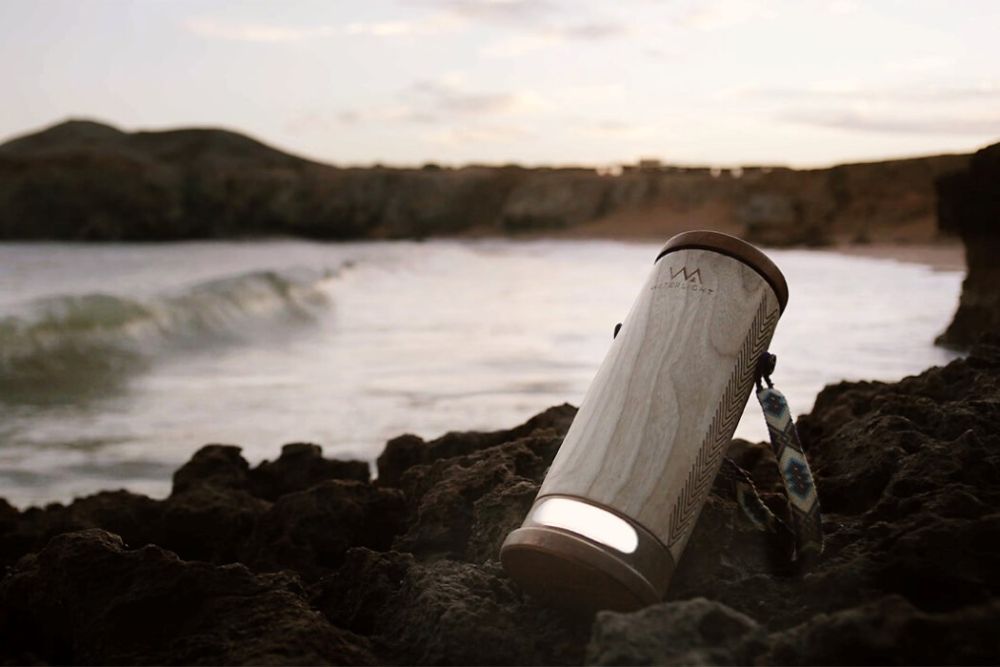
Image: WaterLight
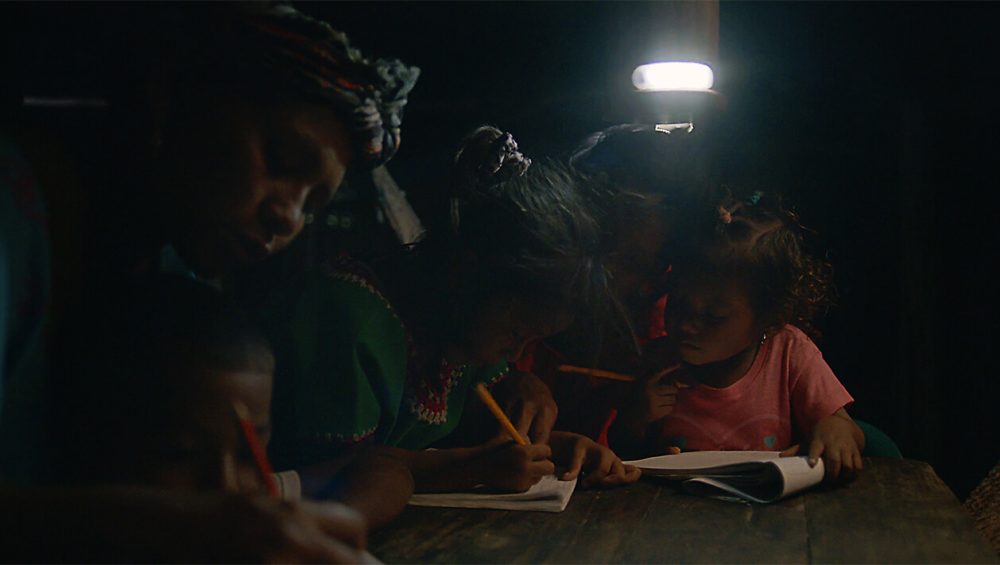
Image: WhiteLight

